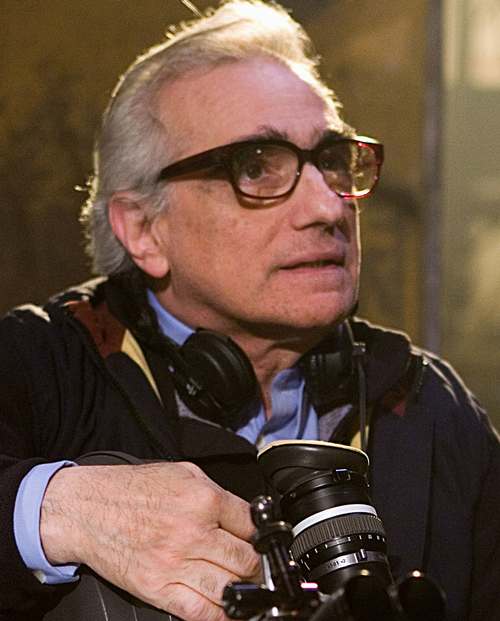 Moving your stuff from one computer to another is always a daunting task; however, when you move things from a PC to a Mac things become increasingly difficult...especially when external hard-drives are involved. A couple of summers ago I went out and got myself a nice Terabyte hard-drive to put all of my movies on. For the record that was painstaking enough. However, when I switched computers files and folders were lost along the way, and at some point I deleted my entire Martin Scorsese catalogue.
Moving your stuff from one computer to another is always a daunting task; however, when you move things from a PC to a Mac things become increasingly difficult...especially when external hard-drives are involved. A couple of summers ago I went out and got myself a nice Terabyte hard-drive to put all of my movies on. For the record that was painstaking enough. However, when I switched computers files and folders were lost along the way, and at some point I deleted my entire Martin Scorsese catalogue.This may not seem like much of a big deal; however, that is over 20 films, most of which come in over 2 hours, and several come close to 3 hours to rip onto the new computer to place back onto the hard-drive. But then, I discover that the program I use to rip my movies onto my Mac results in a much higher quality digital copy than did the old program. So, now I am currently re-ripping everything, or nearly everything I own. I suppose that's what happens when A) Better Quality B) Cinephilia and C) Lots of time combine to create a perfect storm.
So, after several days off the "Favorite Films" series, I have decided that I do not know enough about 1930s cinema to continue the series as it was being run. So, as for now I don't know what to tell you to expect over the next few weeks, maybe I'll start posting some reviews here again (that's a novel idea). So, maybe we can start getting some quality reviews up again instead of little 150-300 word blurbs that one can find on imdb.






